BYD Unveils Sneak Peek of Newest Sedan: Qin L
Rumors circulating previously hinted at the Qin L being among the initial models to showcase BYD’s upcoming hybrid system, DM 5.0.
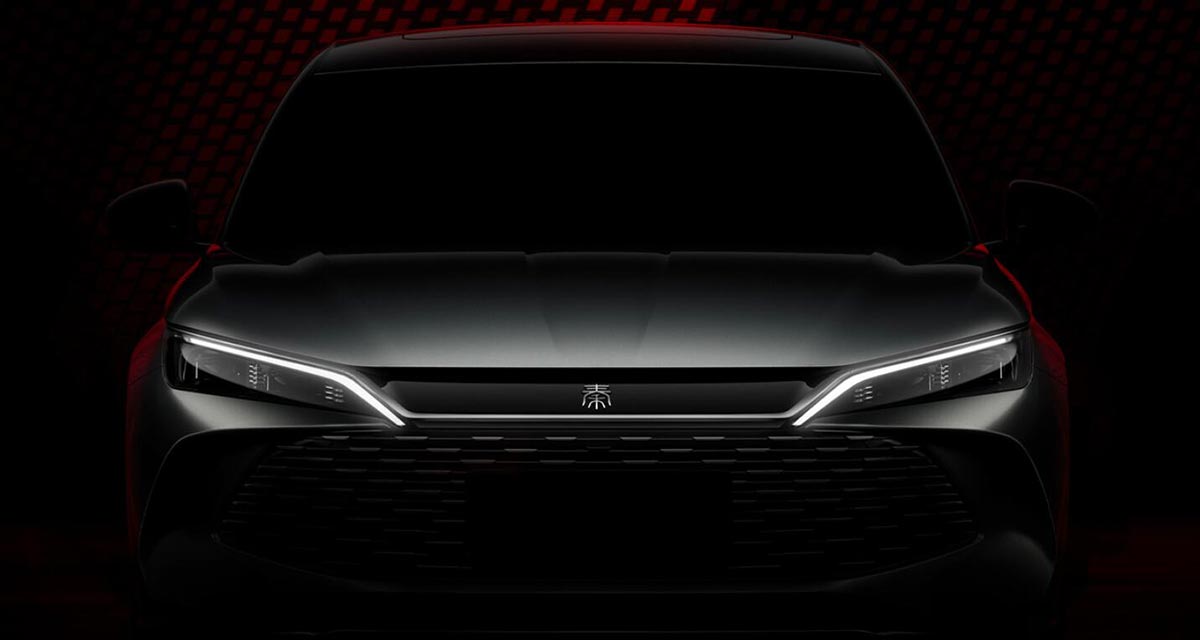
BYD has commenced preparations for the debut of the Qin L, slated to join its highly popular Qin series.
In an announcement made on Weibo today, BYD teased that the imminent unveiling of the Qin L would establish a fresh direction for mid-size sedans.
Although scant on details, BYD’s Weibo post shared three visuals showcasing some exterior features of the Qin L.
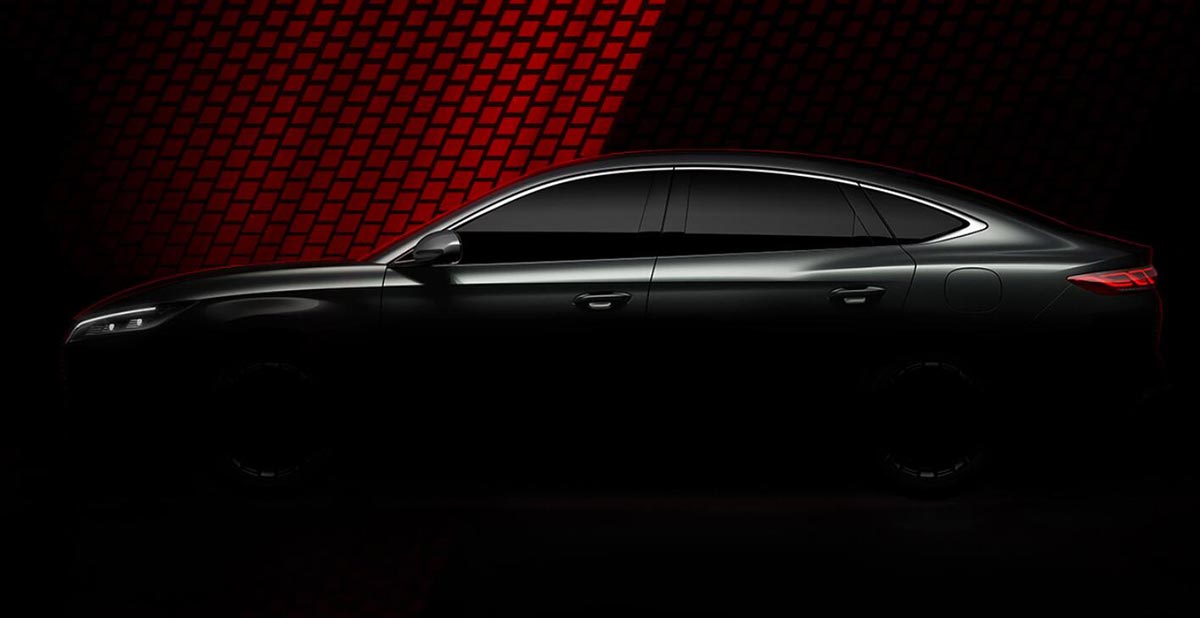
According to regulatory filings from February, the Qin L is a hybrid midsize sedan measuring 4,830 mm in length, 1,900 mm in width, 1,495 mm in height, with a wheelbase of 2,790 mm.
By comparison, the dimensions of the BYD Qin Plus DM-i stand at 4,765 mm in length, 1,837 mm in width, 1,495 mm in height, with a wheelbase of 2,718 mm.
This indicates that the Qin L boasts larger dimensions compared to the Qin Plus DM-i.
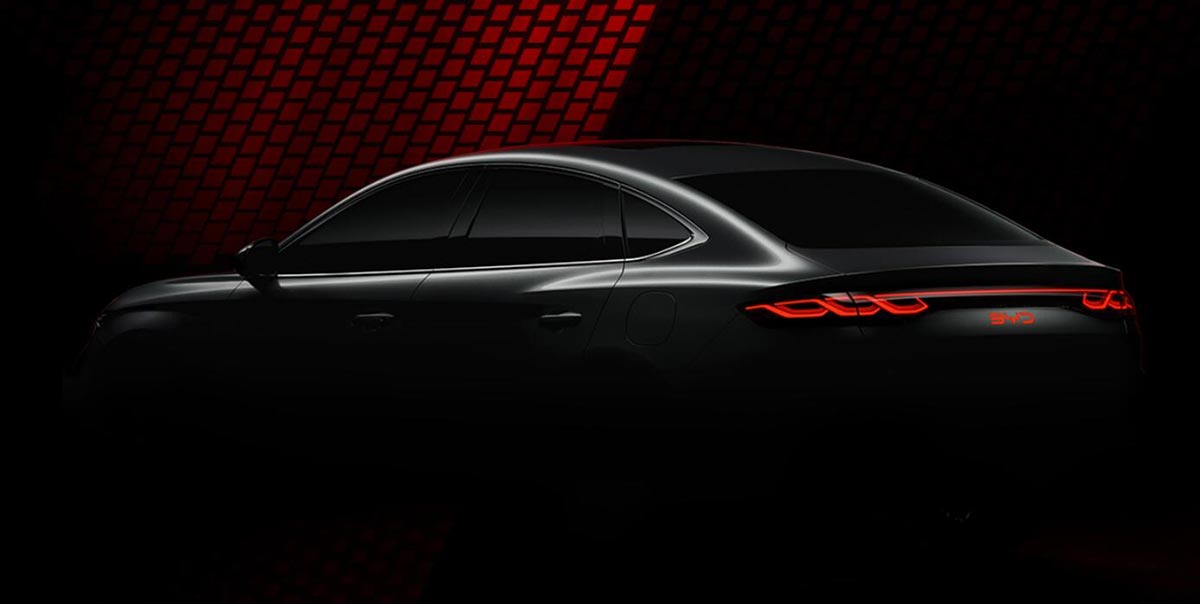
Powering the Qin L is an engine with a 1.5 L displacement and a maximum power output of 70 kW, alongside an electric motor generating up to 120 kW of maximum power.
The vehicle weighs 1,660 kilograms and can achieve a top speed of 180 kilometers per hour.
Two battery variants are available, featuring capacities of 10.08 kWh and 15.874 kWh, offering respective ranges of 60 km and 90 km, according to previous disclosures.
Additionally, it was previously rumored that the Qin L would be among the pioneering models to integrate BYD’s next-generation hybrid system, DM 5.0, boasting a fuel consumption rate of approximately 2.9 L per 100 km NEDC mileage, surpassing the current Qin Plus DM-i’s fuel consumption of 3.8 L per 100 km.
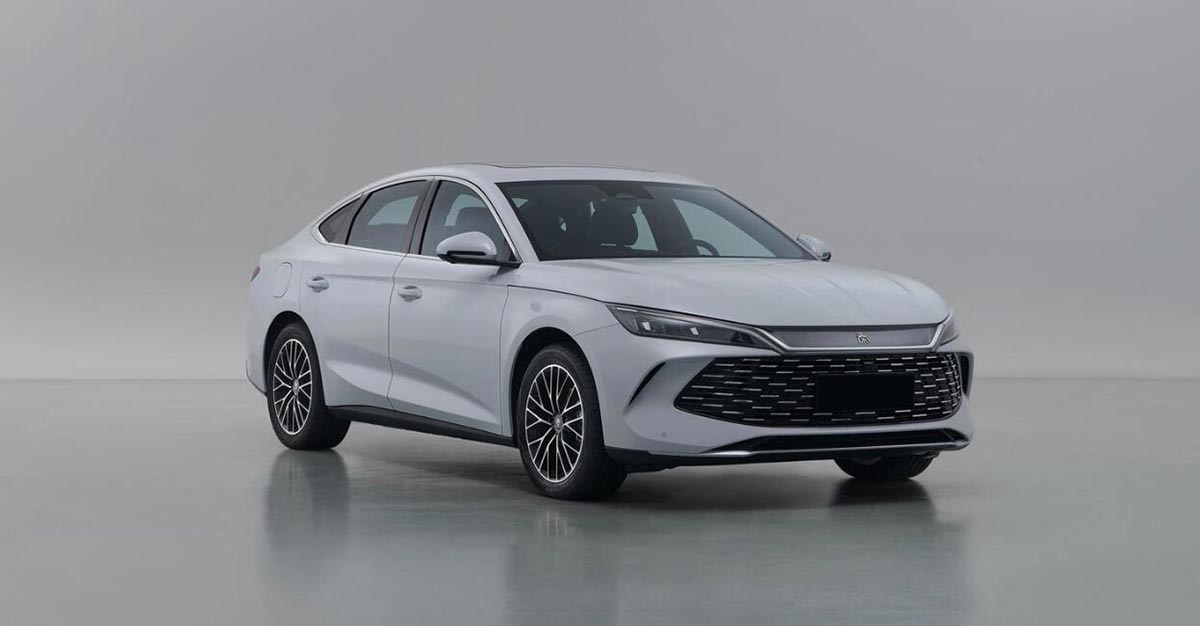
BYD introduced its DM (Dual Mode) hybrid technology platform in 2008, unveiling its fourth-generation DM platform in 2021, categorized into DM-p, emphasizing performance, and DM-i, prioritizing energy efficiency.
BYD’s chairman and president, Wang Chuanfu, announced in an investor communication on March 27 that the company would launch its fifth-generation DM hybrid technology in May, reducing fuel consumption to 2.9 liters per 100 kilometers under low charge and providing a range of up to 2,000 kilometers with a full tank of fuel and charge.
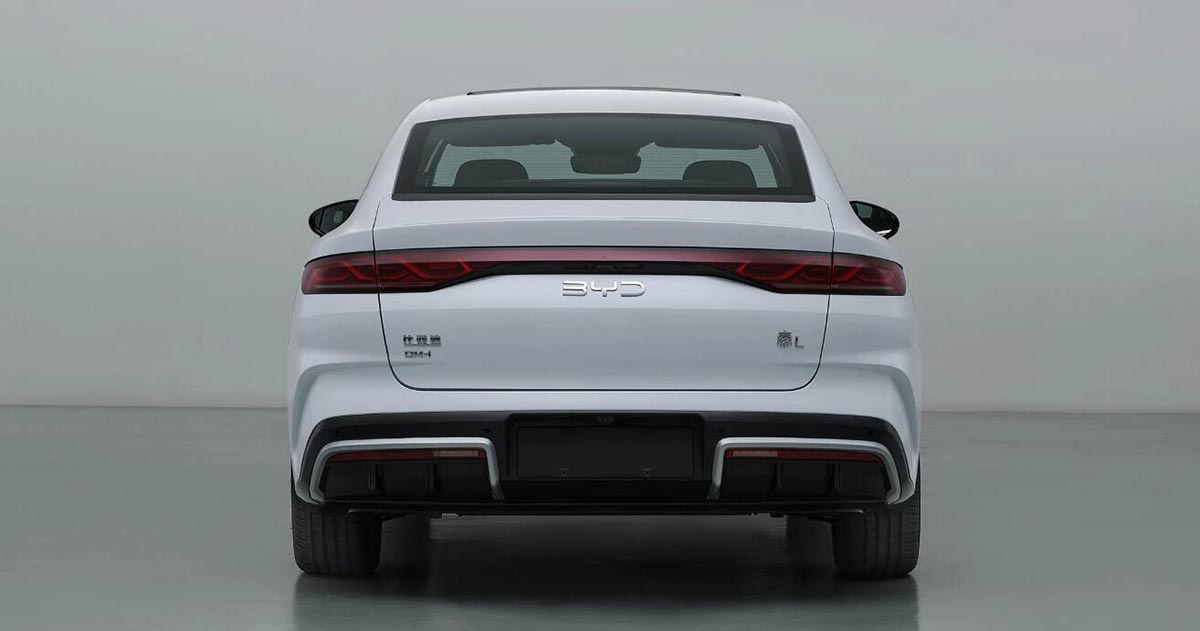
On April 8, local automotive media reported that BYD’s new model, the Seal 06, would be the first to feature the fifth-generation DM-i hybrid system.
Expected to be reasonably priced, with speculations from car enthusiasts suggesting a starting price around RMB 120,000 ($16,580), the Qin L, as a mid-size sedan, aims to cater to a wide consumer base.
BYD’s robust sales figures indicate a growing demand for new energy vehicles (NEVs), with March witnessing a year-on-year increase of 46.06 percent, totaling 302,459 units, and a staggering 147.29 percent rise from February. Among these, the Qin family accounted for 40,569 units sold in March, marking a 150.6 percent increase from February, with cumulative sales surpassing 1.41 million units.

 Auto in China
Auto in China